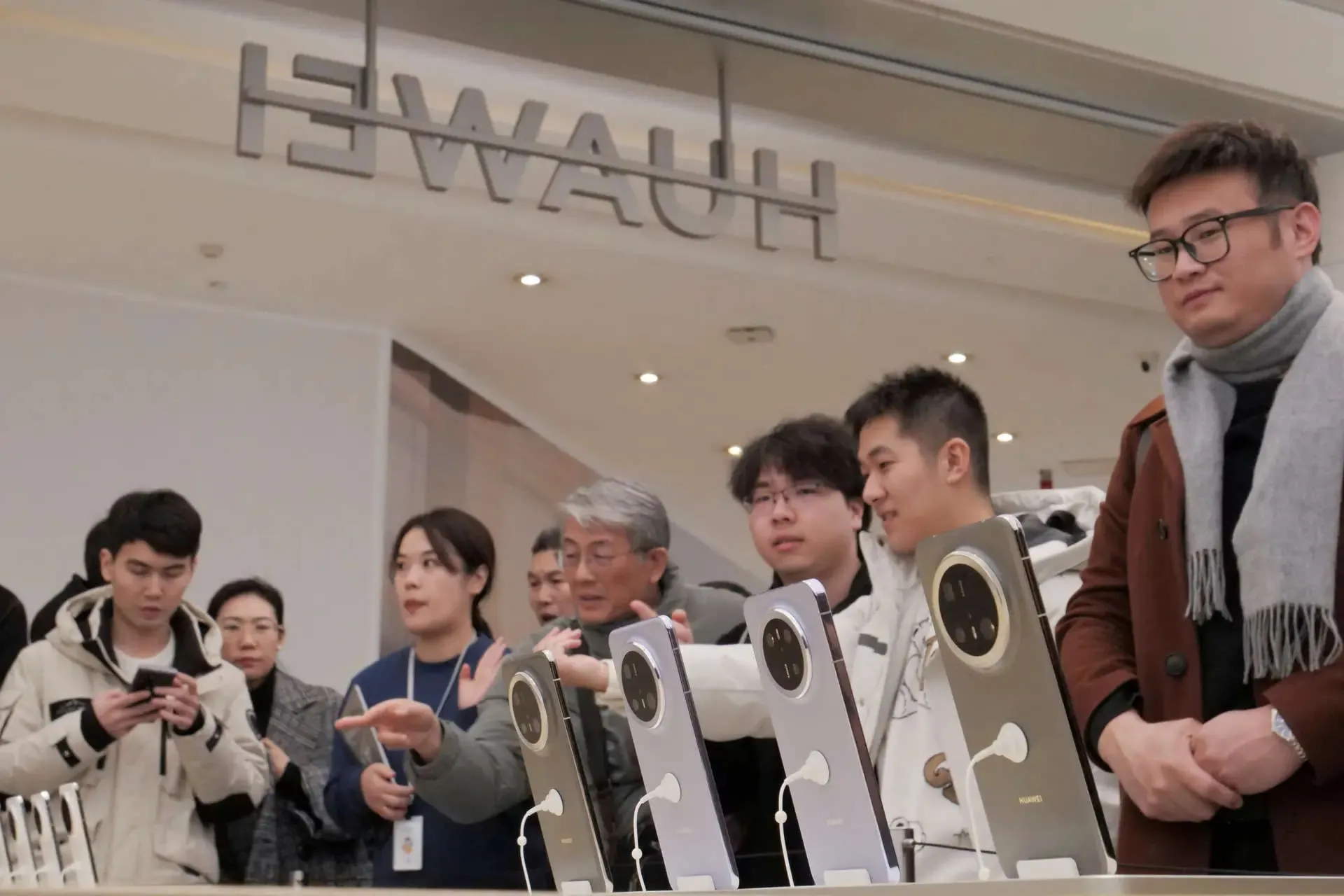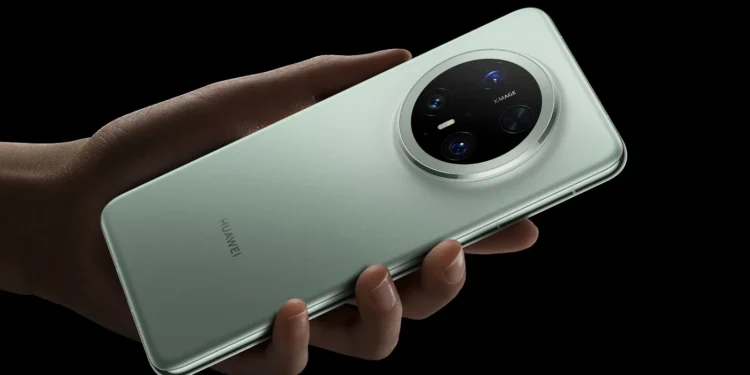Huawei’s latest release, the Mate 70 smartphone, has hit the market with less fanfare than anticipated, signalling a possible decline in consumer interest within China. This lukewarm reception could pose a significant setback for the tech giant’s expected annual shipments, potentially redirecting consumers towards competitors like Apple and other Chinese brands.

Analysts Weigh In on Huawei’s Declining Appeal
According to a recent analysis by brokerage firm Jefferies, the excitement that once surrounded Huawei’s launches has noticeably cooled. After observing online discussions post-launch, Jefferies highlighted a stark decrease in enthusiasm compared to previous models, specifically the Mate 60 series, which marked Huawei’s assertive return to the high-end smartphone market. “There was much less enthusiasm,” Jefferies noted, pointing out the reduced frequency of reviews and online commentary as a telling sign of waning consumer interest.
This subdued launch could lead to significant implications for Huawei’s market performance. Initially, Jefferies had forecasted Huawei to ship 48 million phones this year. However, with the Mate 70 not living up to the high expectations set by its predecessors and the earlier Pura 70 model only shipping 5 million units since its debut in April, projections are now less optimistic. The firm now sees a “downside risk” to its initial estimate, suggesting a favorable scenario for competitors like iPhone, which could benefit from Huawei’s stumbles.

Technical Challenges and Production Woes
Despite Huawei’s efforts to position the Mate 70 as the most powerful in its lineup, consumer and analyst feedback suggests that the improvements over the Mate 60 are minimal. The Mate 60 had initially impressed the market by overcoming significant U.S. sanctions to produce a locally made advanced chip.
However, subsequent models have struggled to deliver substantial enhancements in performance or production yield, leading to shortages and limiting the impact of new releases.
Jefferies anticipates that these production challenges, particularly related to chip manufacturing, could persist with the Mate 70, potentially exacerbating supply issues that have plagued the company since the Mate 60’s launch.

A Silver Lining Amidst Cooling Sentiments
While the overall sentiment towards Huawei’s new release might be cooling, not all forecasts are bleak. Toby Zhu, an analyst at consultancy Canalys, suggests that the reaction to the Mate 70 was expected to cool down after the initial hype of Huawei’s comeback. He believes that the Mate 70’s sales volumes could still show slight growth compared to the Mate 60 series, supported by adequate flagship production capacity.
Moreover, Huawei’s resurgence in the Chinese market has been fueled by a strong wave of patriotic support for its technological advancements, which continue to play a crucial role in its market recovery and competitive stance. According to Canalys, Huawei was ranked as China’s No. 2 smartphone vendor in the third quarter of 2024, maintaining a delivery rate exceeding 10 million units for the fourth consecutive quarter.

Huawei’s current challenge with the Mate 70 underscores the volatile nature of the tech industry, where innovation and consumer perception heavily influence market dynamics. As Huawei navigates these turbulent waters, the outcome will not only affect its position but also offer opportunities for rivals to capture a larger share of the tech-savvy consumer base. The coming months will be crucial for Huawei as it strives to regain momentum and redefine its role in the competitive smartphone market.










